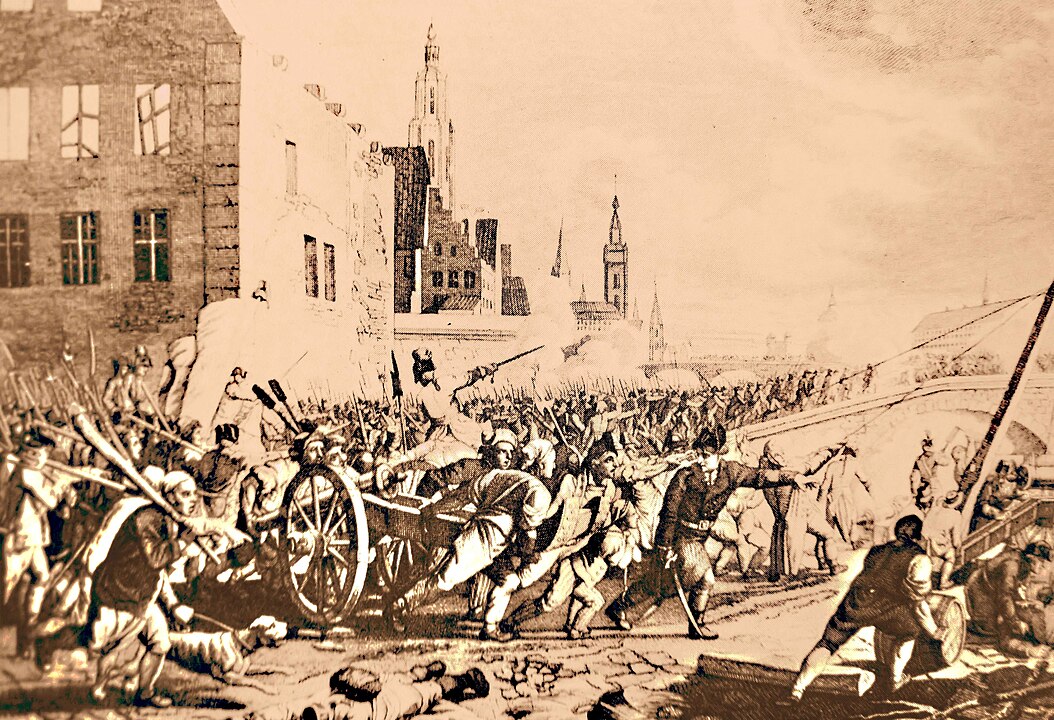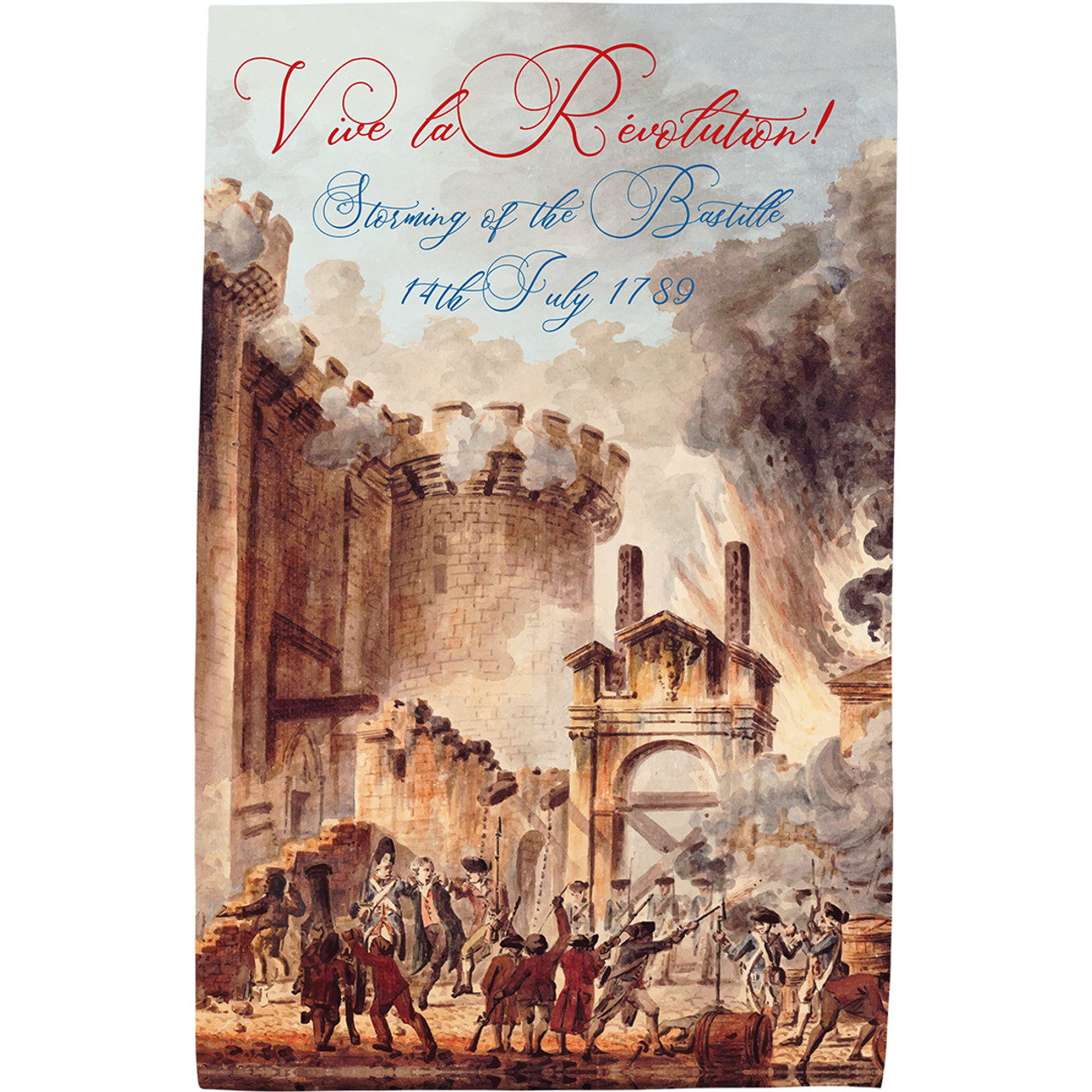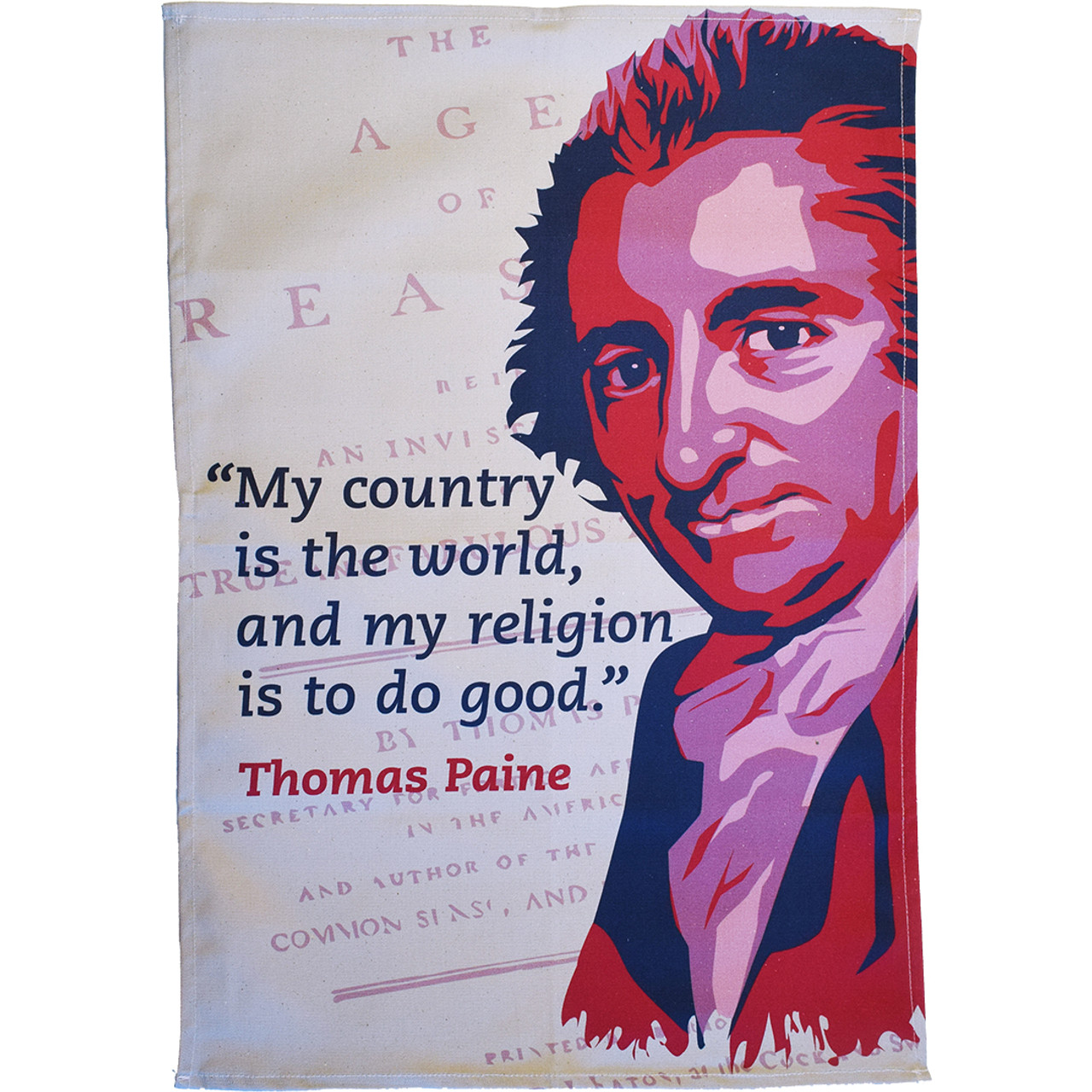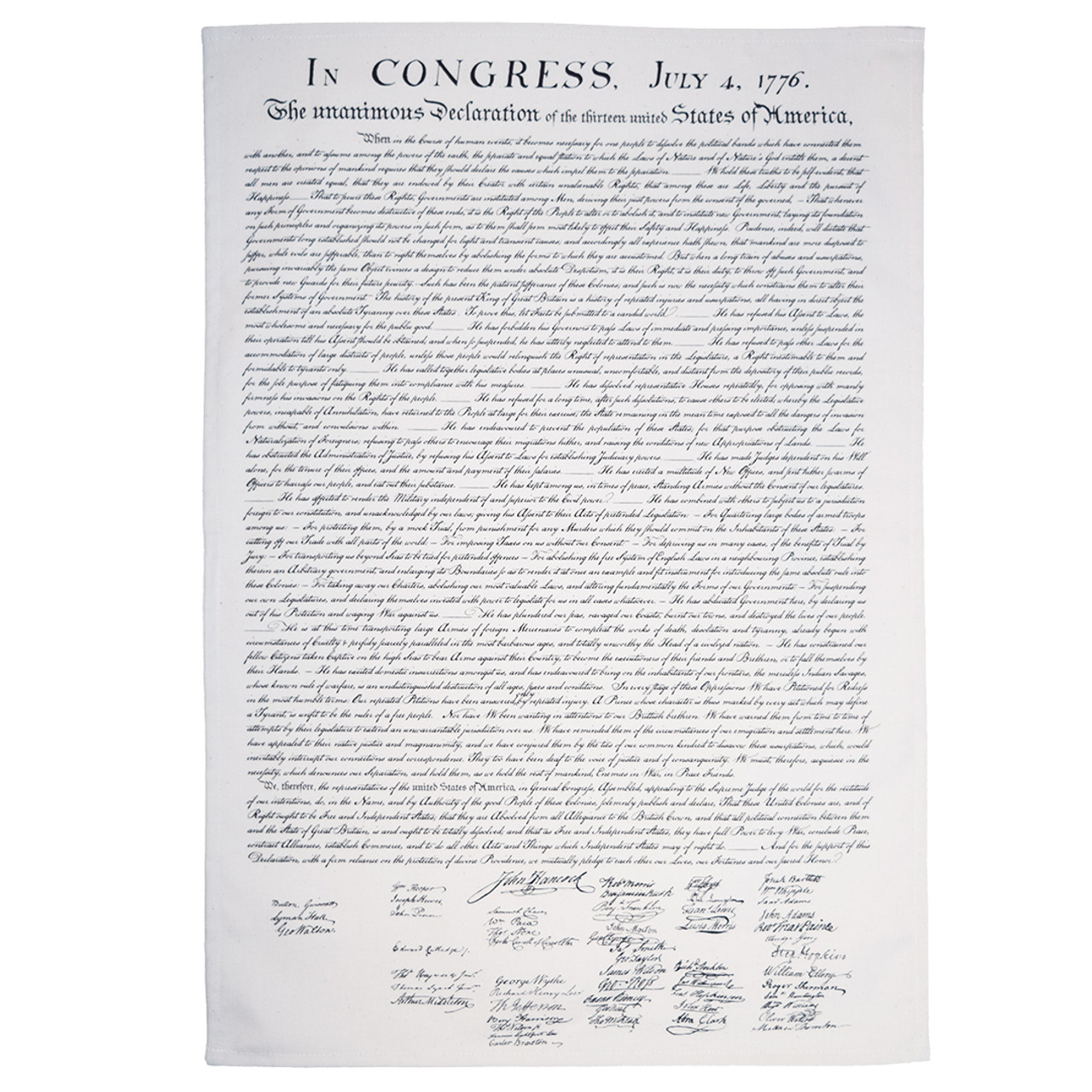The Brabant Revolution and the United Belgian States
Posted by Pete on 24th Oct 2024
The 'Age of Revolutions' touched many countries - including the so-called 'Austrian Netherlands'
In 1789 the French Revolution began.
But it wasn’t alone...
Next door, in what’s now Belgium, the ‘Brabant Revolution’ was happening at the exact same time.

Scene from an uprising at Ghent in support of the Brabant army
During the eighteenth century, modern Belgium was called the ‘Austrian Netherlands’ and it was ruled by Habsburg Austria.
The region was mostly Catholic, and it had traditions of political autonomy inside the wider empire, especially in the wealthy ‘Estates’ (provinces) of Flanders and Brabant.
So, when the Austrian emperor Joseph II (1765-90) launched a set of reforms during the 1780s, a lot of people in the Austrian Netherlands got very angry.
Joseph undermined the power of the Catholic Church by removing its privileges over other Christian denominations, and by making marriage a civil institution.
Joseph also centralised the imperial administration of the Austrian Netherlands, tearing up the traditional prerogatives of the local Estates.
While the French Revolution got underway, other Europeans not far away had their own ideas of shaking off their imperial yoke
See the Storming of the Bastille tea towel
In a lot of ways, Joseph’s policies were what we’d now call progressive.
The reforms challenged some of the traditional privileges of local aristocracies, and religious discrimination was reduced.
As a result, much of the growing opposition to Joseph in the Austrian Netherlands was reactionary – a ‘revolution from the Right’ – led by the provincial nobility and Catholic bishops, who were angered at the reduction of their unjust privileges.
It was these groups that organised the first armed resistance to Joseph’s reforms in 1787, the so-called ‘Kleine Revolutie’ (Little Revolution).
But they were defeated, and Joseph doubled down. The rebellious Estates of Brabant and Hainault were abolished.
Thomas Paine personified the 'Age of Revolutions' like no other
See the Thomas Paine tea towel
But the political ferment in the Austrian Netherlands wasn’t just conservative sour grapes.
Revolutions are messy and contradictory things, containing many different visions of political change (or continuity) at the same time.
Alongside the social radicalism of Camille Desmoulins and François-Noël Babeuf, the French Revolution also had a conservative current which only sought to restore aristocratic autonomy in France against royal overreach.
And in the Austrian Netherlands, too, there were radicals opposing Joseph II as well as conservatives.
After 1787, the leaders of the Kleine Revolutie went into exile, to seek support against Joseph from the neighbouring Dutch Republic.
But inside the Austrian Netherlands, liberal lawyers like Jan Frans Vonck and Jan-Baptist Verlooy were also active in the opposition to the Austrian government.
These activists had supported Joseph’s reforms in principle, but they passionately opposed the top-down way in which he’d implemented them.
Joseph II may have been an ‘enlightened despot,’ but he was still a despot.
Vonck and Verlooy helped found a secret society called Pro Aris et Focis – for hearth and home – to plan an armed uprising inside the Austrian Netherlands against the empire.
This was happening at the exact same time as the Tennis Court Oath and the storming of the Bastille in Paris.
Increasingly, the Brabant revolutionaries saw themselves as part of an international movement.
On this day in 1789, an army of 2,800 Brabant exiles based in the Dutch Republic invaded the Austrian Netherlands.
With widespread local support, the revolutionary army won a string of victories against the Austrians, who were then distracted in the Balkans by the Ottoman empire.
The Brabant patriots issued a Manifesto at liberated Hoogstraten in Antwerp, denouncing Emperor Joseph.
Then, in November, they declared the unification of Brabant and Flanders, paving the way for a new state.
And on 20 December 1789, after the liberation of Brussels, the Brabant revolutionaries – drawing on the Atlantic model of the American Revolution – declared independence.
The ‘United Belgian States’ was created.
And it wouldn’t last.
The action and success of the American revolutionaries inspired European radicals to believe change was possible
See the US Declaration of Independence tea towel
Soon enough, the Austrian army was available for use in western Europe again.
Outnumbered and divided between the liberal and conservative wings of the revolution, the Brabant separatists were crushed.
On 3 December 1790, they surrendered.
Republican France did drive the Austrians out again in 1794, with the help of some radical Brabant volunteers, and the new French government introduced progressive reforms to the territory.
But these, too, were mostly imposed on the people of Belgium. The goal of progress with self-rule remained elusive.
Yet the short-lived Brabant Revolution of 1789-90 shows that the French Revolution wasn't a purely French national affair.
From Wolfe Tone in Ireland to anti-imperial uprisings in Poland, all of Europe was alive with revolutionary struggle, and the whole continent was eventually transformed.



